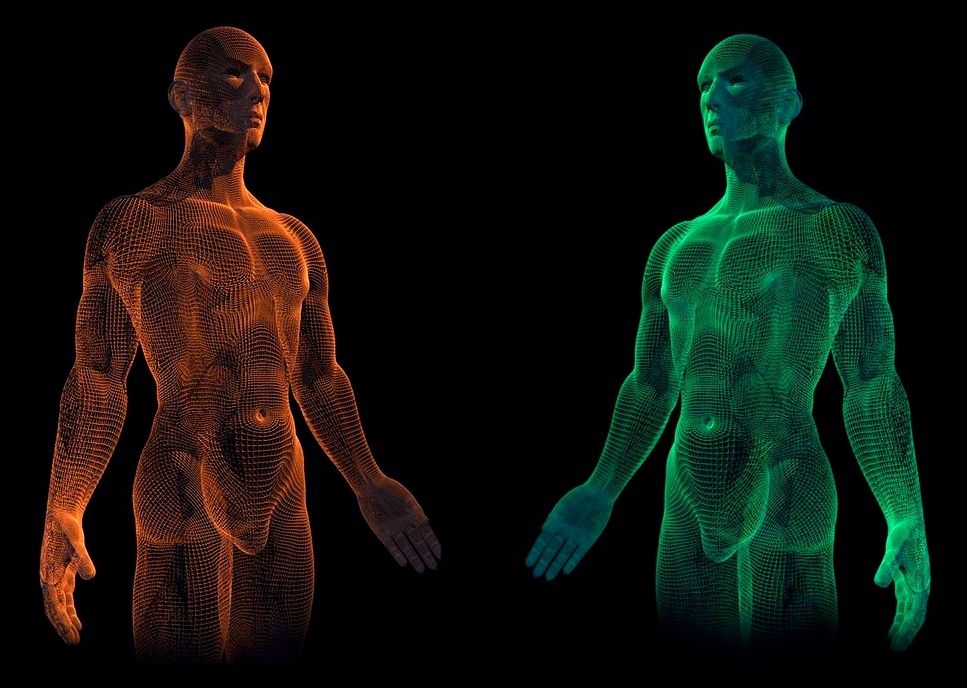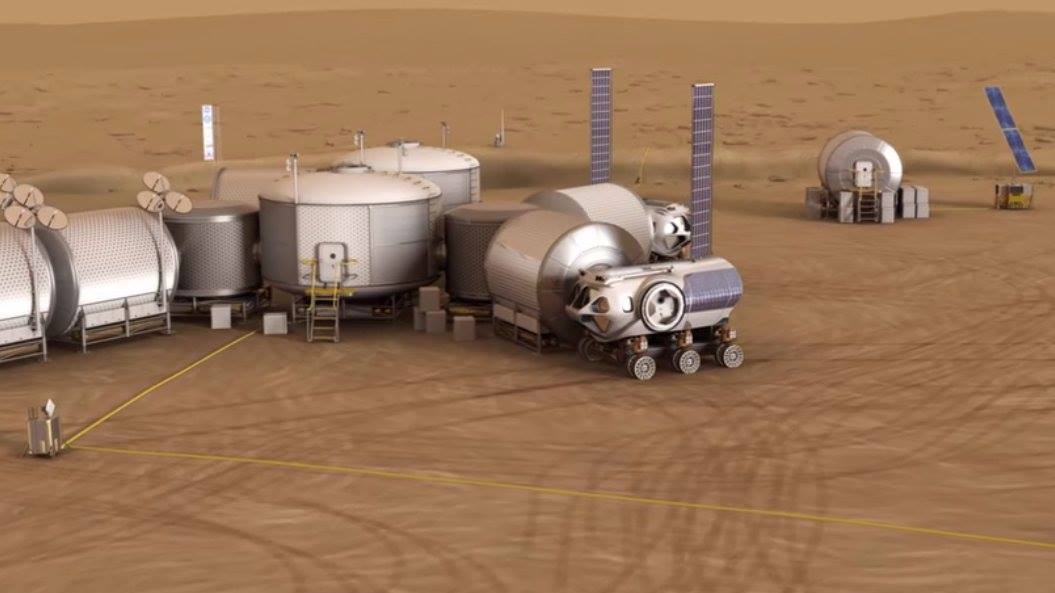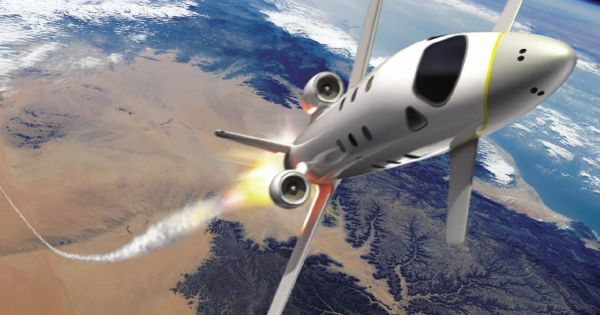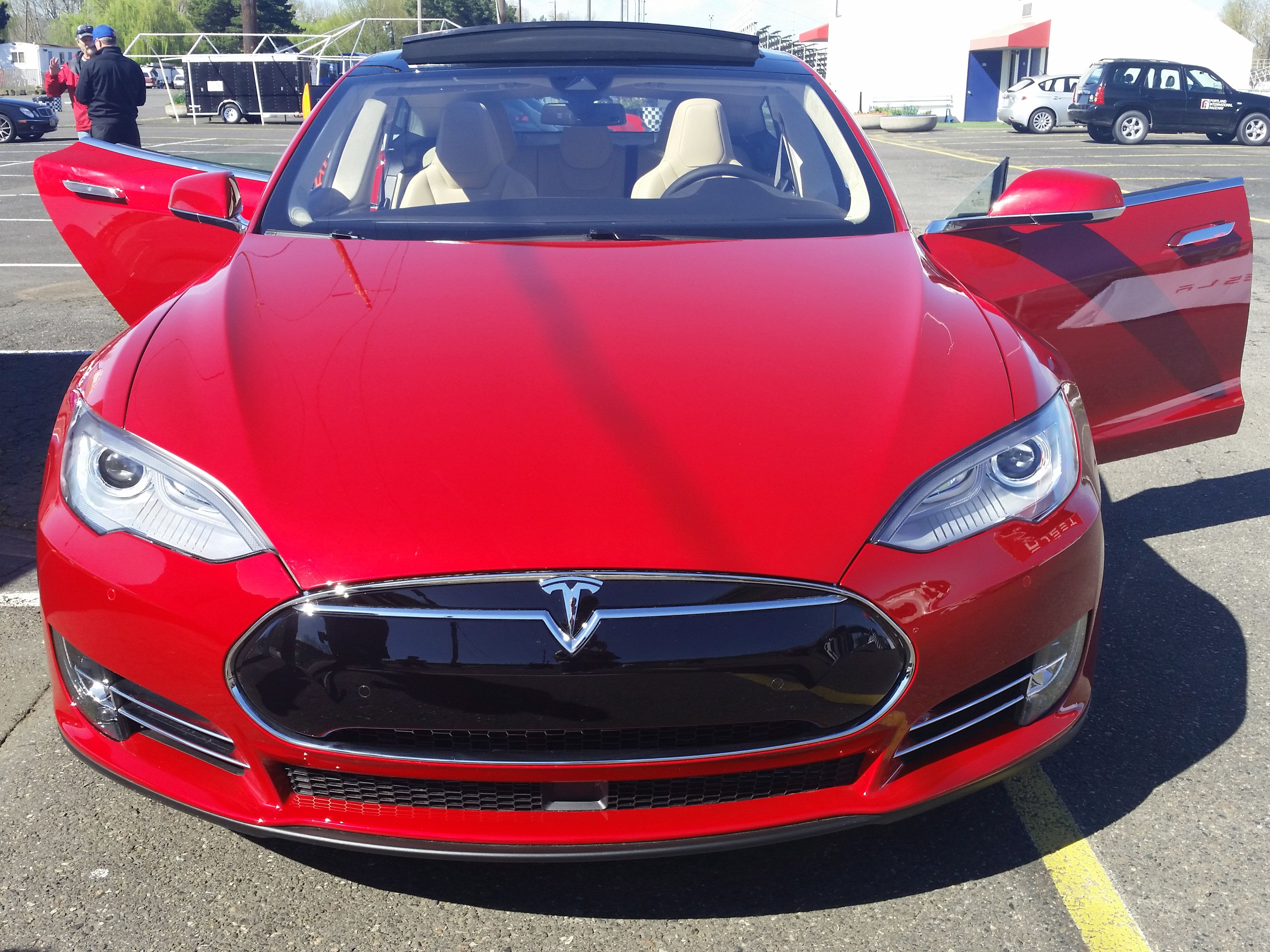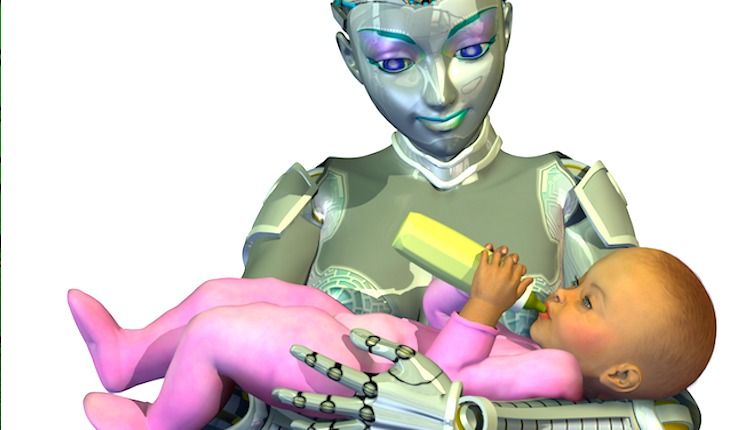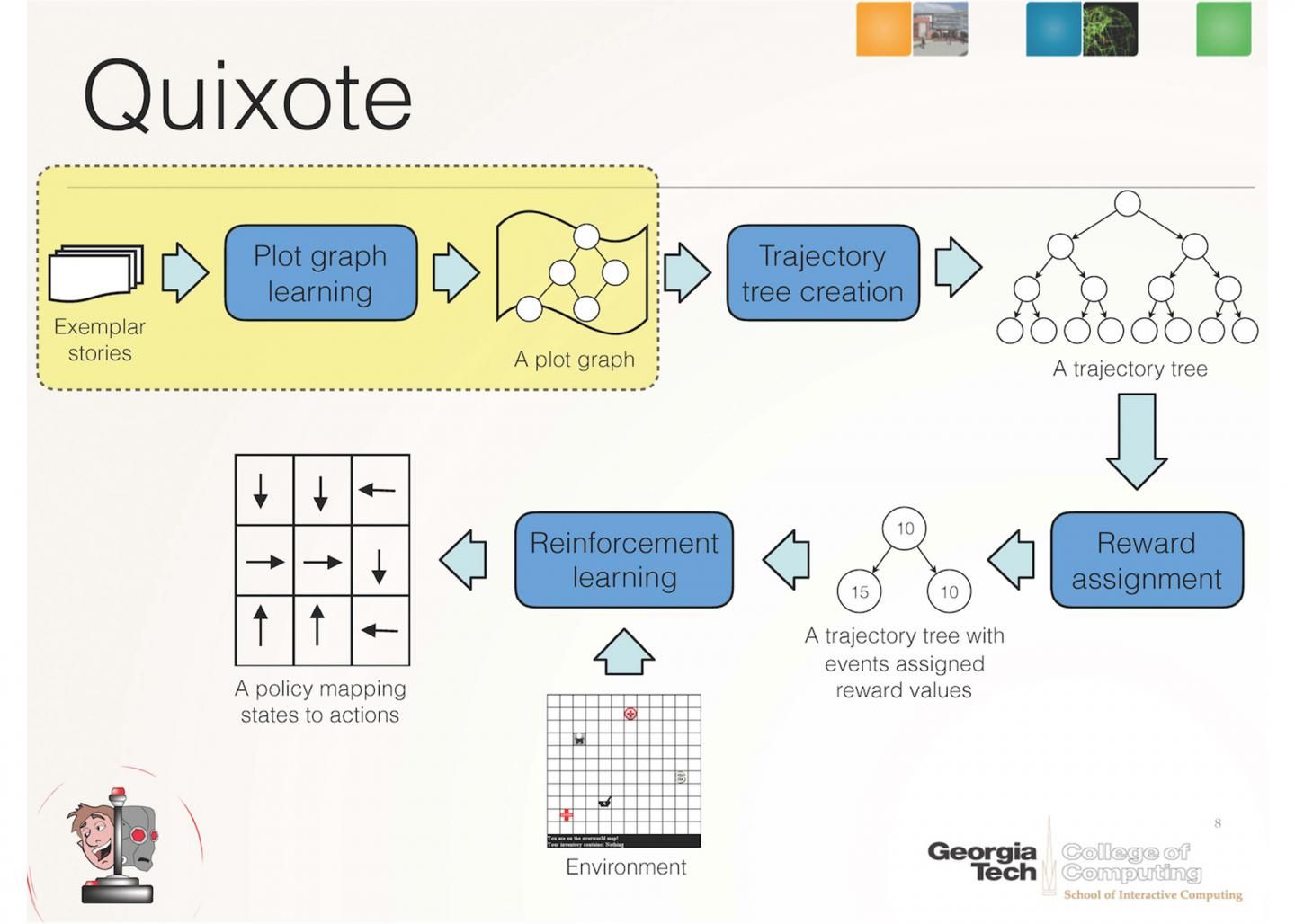Feb 12, 2016
Whole-body Induced Cell Turnover: The Future Of Cell Therapy?
Posted by Shailesh Prasad in categories: biotech/medical, transportation
While curious minded people might like to understand exactly why something happens, there are many examples where you don’t have to understand everything that’s going on to fix the problem. After all, your average car might break down every few years but by replacing the parts you can keep it going for decades; you don’t have to redesign the car so it never breaks down again. This is where reparative strategies come in, aiming to rejuvenate and repair accumulated damage. These strategies are immensely challenging, but in comparison to an overhaul of the human genome, they’re arguably easier to implement and we’re already working on many of the tools that would be needed.
Out with the old, in with the new
Proposed by Francesco Cortese from the ELPIs Foundation for Indefinite Lifespans and Dr. Giovanni Santostasi, from the Feinberg School of Medicine, Northwestern University, WICT (Whole-body Induced Cell Turnover ) is a comprehensive strategy that involves replacing your entire body with shiny new cells, flushing the body of any old, damaged ones.
